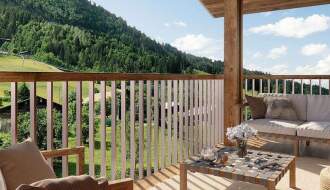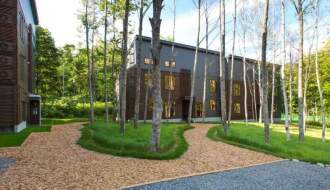The early bird catches the worm, even in property terms, and many older ski homes have the dual advantage of spacious floorplans and excellent locations, whether it’s with the best views or right in the heart of things. If you’ve found a home in the perfect spot, but it’s a bit tired and in need of improvement, then this is your chance to make the most of its potential. A renovation is your chance to transform the property into your dream home, breathing new life into an old house.
For many people buying a second home, it’s their first time tackling a major renovation project. It’s immensely rewarding, but, without prior planning, you can find yourself with a few surprises cropping up on the way. Here’s what to do to make a success of your renovation.
Finding the right renovation project
The first step, if you haven’t already, is to find the right property. You need to consider both the current state and the end state – it might be a great renovation project and fun to do, but would it fit your lifestyle (or investment goals) at the end?
We often recommend that you start not by writing out what you must have in the property, but for your lifestyle. This helps to focus you when you do then come to thinking about the property. For example, if you’re going to be doing lots of short breaks, you’ll naturally want to be close to an airport – but if your plan is longer one-off stays, then it could be better to trade off with a longer travel distance for a wider range of properties. If you’re going for lots of short stays, you might go for a smaller kitchen space as you’ll be out much of the time, and use the floorspace for extra storage, so you can keep everything in your property without needing to take it through the airport several times a year.
With this list in mind, start viewing properties, generally setting a limit of five to seven a day to keep them distinct in your mind. Assess their eventual potential, and consider how they could measure up against your final wishlist. Of course, you’ll also want to consider the current workload; it can be good to have some tradespeople help you with the assessment, especially if you’ve never been involved in a renovation project before.
Checking the legalities
Unfortunately, you can’t just start work on your home once you own it, unless it’s small (and usually interior) changes. Make sure to check local planning laws, remembering that in many countries like Switzerland, these can vary significantly from locality to locality. Non-historic buildings may still have restrictions in historic areas; a common one in France is being within 500m of a church or historic monument, where even the colours of the shutters will be carefully regulated.
This can seem an administrative headache, but it helps to preserve the charm of the area – which is probably what you fell for when you first viewed the property. It’s also important to remember that, while the processes for planning permission can move slowly, it is in their interest to give you a decision, positive or otherwise, and it will happen eventually! The best thing is to accept and work within the system.
Concept and design
Depending on how detailed the planning permission you apply for needs to be, this step may fall mainly before or mainly after the legalities. It’s worth spending time to get this right down to the small details, to prevent delays further down the line.
The most important element here will be finding the right architect and/or builder – they really will make or break a renovation project. It’s always good sense to ask for quotes and an overview from a number of different people or firms, and do always ask to see previous work. If they’ve done anything in your locality in the past, so much the better – you can at the very least have a drive past to see the quality. If you’re buying from outside the country where you’re doing a renovation, and you don’t speak the language, you’ll also need someone who is bilingual, so they can communicate with you but also understand the local system.
How hands on or not you will be during the design process will depend on your own interests and criteria. You might have a rough concept in your head, and leave it to the architect to flesh out and then discuss the details with them, or you might already have a strict idea of what you want. No matter how involved you are with this side of the renovation, however, it’s a good idea to keep a strong hold on timings. This goes doubly so if you are outside of the country! In your eventual contract, include time deadlines for particular stages – with allowance for genuinely unavoidable problems cropping up – to keep things on track.
Settle your budget
Budget effectively, and you’ll be halfway to a successful renovation. Fully calculate your costs, including manpower, materials and transport, as well as rates for the actual work. If you’re doing it yourself, include the costs of any courses you want to do, such as drystone walling, or finishing timber. Include also your own costs for the times you’d envisage flying out to visit the project.
As always with these kinds of projects, make sure you have a contingency fund for anything extra that crops up.
The final hurdle is keeping that budget secure. You might have fixed it in, say, pounds, but the value of that budget will constantly change in euros or francs quite simply because the currency markets never stop moving. In that sense, you can’t say you’ve a fixed budget at all – and when a sudden drop causes it to drop in value by as much as several thousand, there are big risks to your budget involved.
However, these risks are simple to protect against, with a bit of forward planning. You can lock in the same exchange rate for a year, for instance, meaning that your money is always worth the same amount, irrespective of whether the live markets drop or not. To find out more about safeguarding your money when buying abroad, don’t miss the Property Buyer’s Guide to Currency.
And, to learn more about how to buy in the top ski countries, make sure to download your free copy of our Country Buying Guides.
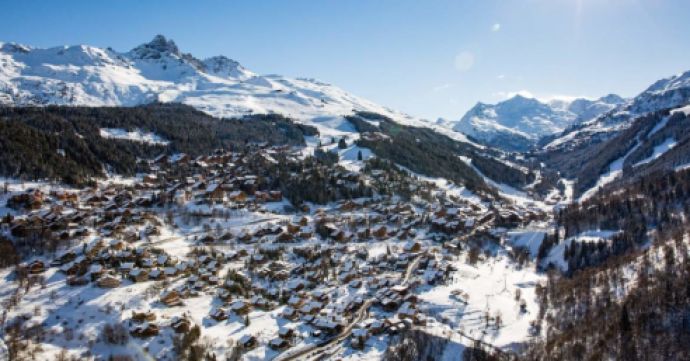
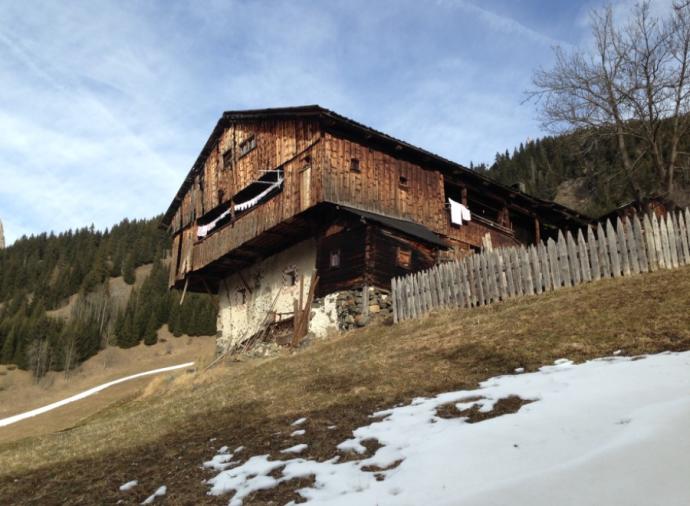
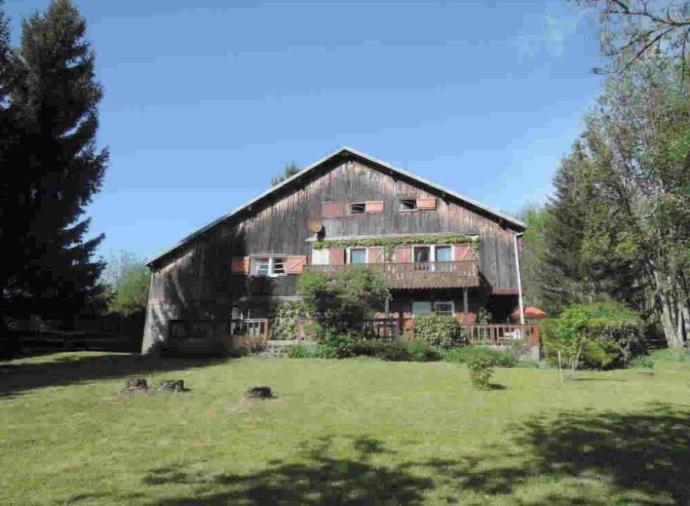
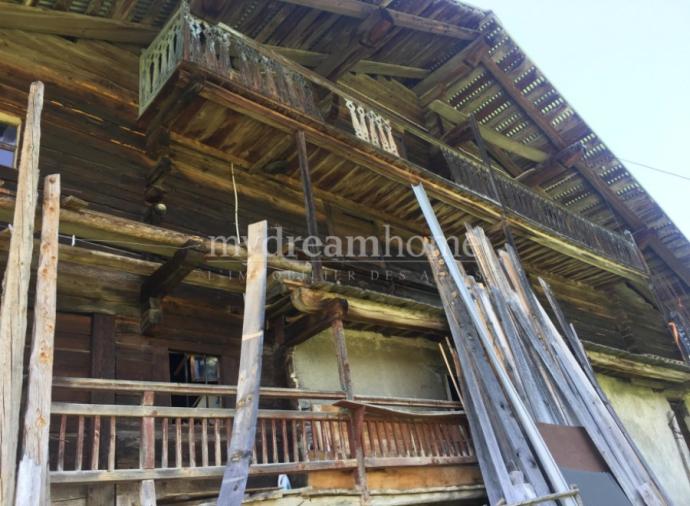
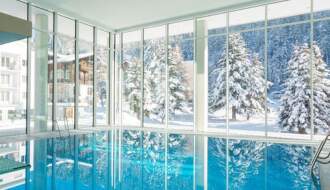
 Apr 15, 2024
Apr 15, 2024
